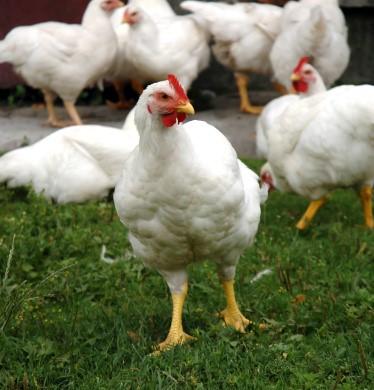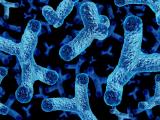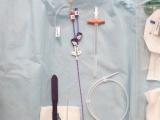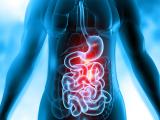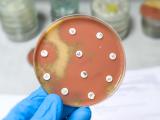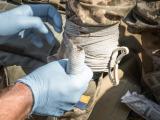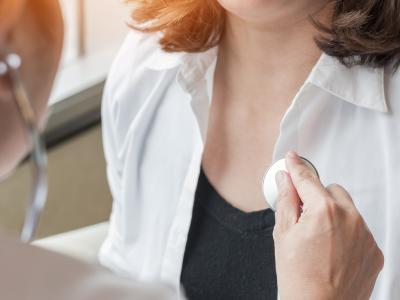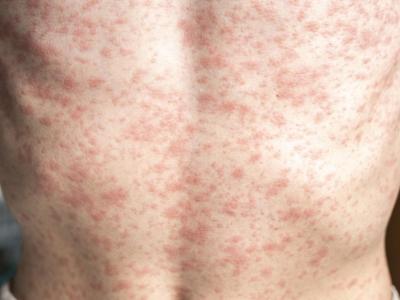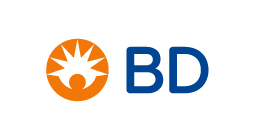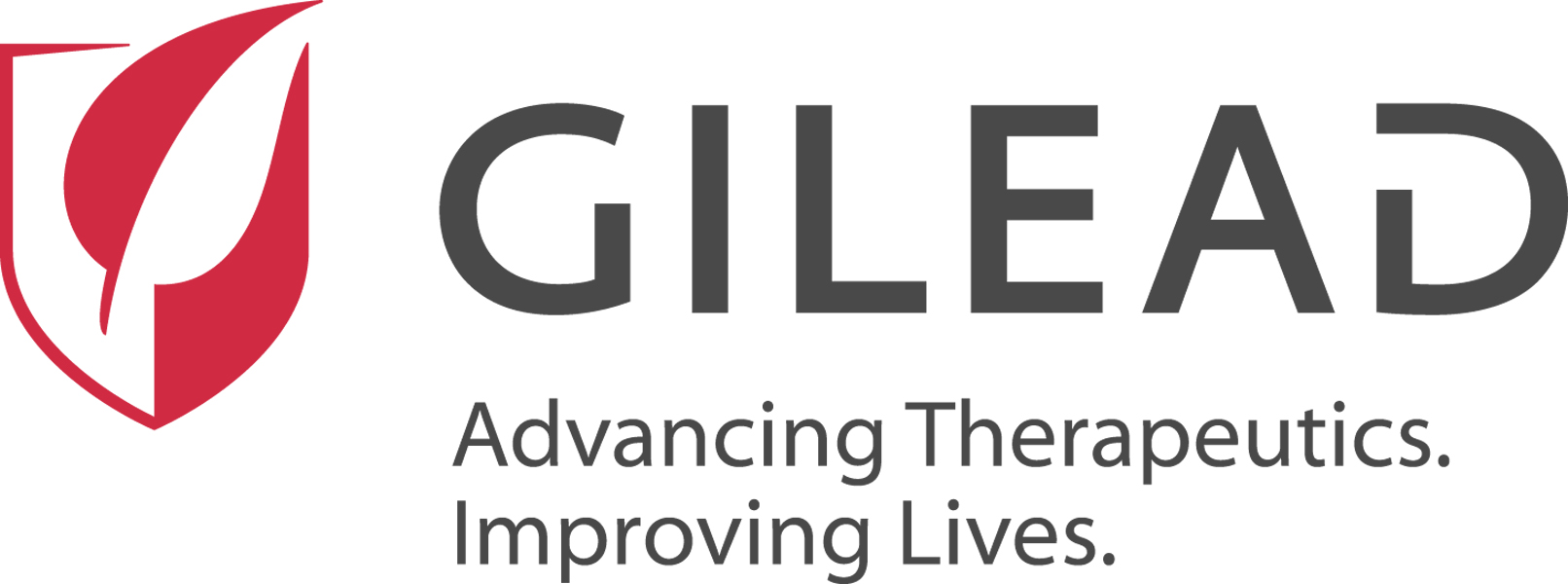Health officials in the United Kingdom are hailing a new report showing that the use of veterinary antibiotics has fallen below government targets 2 years ahead of schedule, with the total amount of veterinary antibiotics sold falling to its lowest level in more than 20 years.
According to the report from the UK's Department of Environment, Food & Rural Affairs (DEFRA), antibiotic use in food-producing animals fell by 27%, from 62 milligrams per kilogram (mg/kg) in the baseline year of 2014 to 45 mg/kg in 2016.
Last year, DEFRA committed to reducing the amount of antibiotics used in livestock and fish farmed for food to a multi-species average of 50 mg/kg by 2018. The overall quantity of active antibiotic ingredient sold in 2016 for use in all animal species fell to 337 tons, the lowest volume recorded in the UK since DEFRA began recording sales of veterinary antibiotics in 1993.
The UK's Chief Medical Officer, Professor Dame Sally Davies, called the 27% reduction in veterinary antibiotic use a "commendable achievement."
"It shows the entire world what can be done when we join forces and work with focus and passion," she said in a DEFRA news release.
Large declines in pig, poultry sectors
The decline in veterinary antibiotic usage was highlighted by reductions in the pig and poultry sectors, with usage falling by 34% in pigs, 37% in chickens, 57% in turkeys, and 60% in ducks.
The data also showed that the sales of the highest priority critically important antibiotics (HP-CIAs)—those antibiotics that are considered critical for human health—also fell, from an already low level. Sales of third- and fourth-generation cephalosporins decreased by 12% (to 0.15 mg/kg) from 2015 levels, while fluoroquinolone sales dropped by 29% (to 0.24 mg/kg) and colistin fell by 83% (to 0.02 mg/kg). Colistin is considered an antibiotic of last resort in human medicine.
Tetracyclines, beta-lactams, and trimethoprim/sulphonamides accounted for 78% of active antibiotic ingredient sold, while sales of the HP-CIAs accounted for less than 1%. The pig and poultry sectors reduced their use of HP-CIAs by 73% and 78%, respectively.
"These results are immensely positive to see and show the combined efforts of vets and farmers to reduce antibiotic use are paying off," the UK's Chief Veterinary Officer, Nigel Gibbens, CBE, said. "Vets are taking accountability for their prescribing decisions and farmers are investing in disease prevention."
The data on veterinary antibiotic sales are submitted to DEFRA by veterinary pharmaceutical companies, under statutory requirement, and data on usage (the amount of antibiotics purchased, prescribed, and/or administered) are provided voluntarily by producers. The report notes, however, that none of the livestock species are fully covered by the data, so the results may not be fully representative of the livestock industry. While 90% of UK poultry are covered by the data, only 62% of pigs and 33% of dairy cattle are covered.
Encouraging more responsible use of antibiotics by farmers and veterinarians, particularly antibiotics that used to treat human infections, is part of the UK government's 5-year strategy to reduce the spread of antibiotic resistance in humans and animals. The target of 50 mg/kg was based on recommendations in the Review on Antimicrobial Resistance, a 2016 report by British economist Lord Jim O'Neill and the Wellcome Trust.
Antibiotic resistance in food animals
Also included in the report are surveillance data on antibiotic resistance in bacteria from healthy animals at slaughter and from clinical diagnostic samples submitted by veterinarians. The focus of this surveillance is on bacteria that can be transmitted from healthy animals to humans through direct contact or consumption of contaminated food and on bacterial pathogens that cause disease in animals.
According to the report, surveillance of Escherichia coli isolates from randomly selected healthy broilers or turkeys at slaughter detected no resistance to third- and fourth-generation cephalosporins, meropenem, colistin, or tigecycline, with the exception of a single turkey isolate that was resistant to cefotaxime and ceftazidime. Resistance to another important class of antibiotics used in human medicine, fluoroquinolones, was observed in 21.6% and 15.6% of indicator E coli from broilers and turkeys, respectively.
Salmonella isolates from laying hens, broilers, and turkeys showed a low level of resistance to fluoroquinolones (1.7% to 8.8%), but no resistance to other HP-CIAs was detected. A relatively high proportion of Campylobacter jejuni isolates from broilers (40.6%) and turkeys (34.7%) was found to be resistant to fluoroquinolones, but resistance to erythromycin—the first-line treatment for human Campylobacter infections—was very low in C jejuni isolates from broilers (0.6%) and turkeys (1.1%).
Surveillance of clinical diagnostic samples from livestock, meanwhile, found that a high percentage of Salmonella isolates (69%) were susceptible to all 16 antibiotics tested, with a low level of resistance to fluoroquinolones (0.6%) and third- and fourth-generation cephalosporins (0.4%) observed. In addition, resistance in diagnostic E coli isolates from chickens showed a marked decline for several antibiotics. That decline coincided with reduced antibiotic use in broilers, the report notes. No resistance to colistin was detected in E coli from any food-producing animals.
See also:
Oct 27 UK-Veterinary Antibiotic Resistance and Sales Surveillance Report 2016
Oct 27 DEFRA news release
